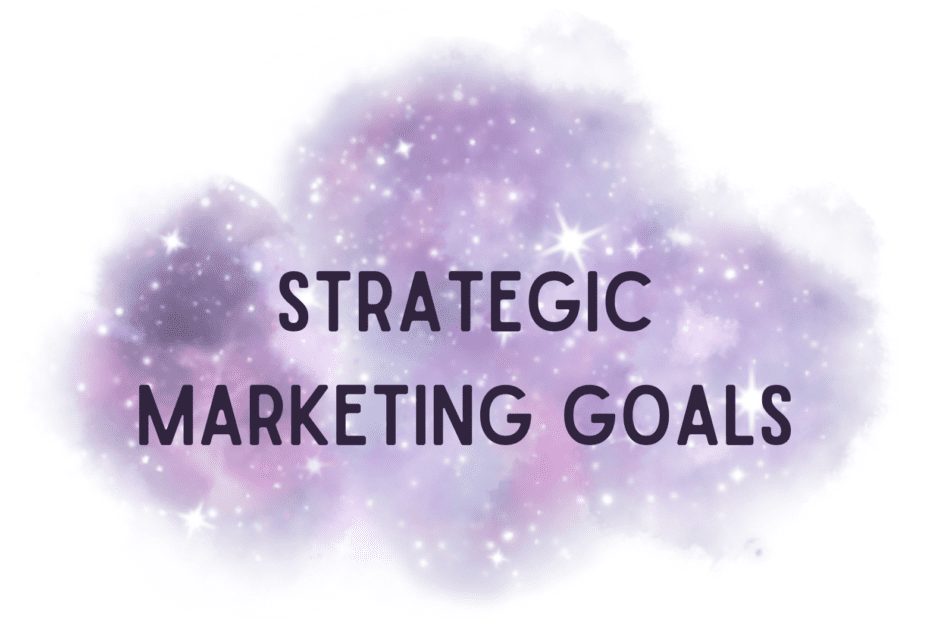Are you ready to dive into the world of strategic marketing goals? Creating goals is an essential part of any marketing plan, and they can help your business succeed in the long run. In this blog post, we’ll go over some examples of strategic marketing goals to help you get started.
- Increase Brand Awareness
One of the most common strategic marketing goals is to increase brand awareness. This goal focuses on getting your brand in front of as many people as possible. There are a few different tactics you can use to achieve this goal, such as:
- Social media marketing: Use platforms like Facebook, Instagram, and Twitter to reach a large audience and build your brand presence.
- Content marketing: Create high-quality content that people will want to share with others. This can include blog posts, infographics, videos, and more.
- Influencer marketing: Partner with influencers in your industry to reach their followers and expand your reach.
- Generate More Leads
Another strategic marketing goal is to generate more leads. This goal focuses on building your customer base by attracting people who are interested in your products or services. Some tactics you can use to achieve this goal include:
- Search engine optimization (SEO): Optimize your website to rank higher in search engine results pages (SERPs) and attract more organic traffic.
- Pay-per-click (PPC) advertising: Use paid ads to reach a targeted audience and drive traffic to your website.
- Email marketing: Build an email list and send targeted emails to your subscribers to nurture leads and drive conversions.
- Increase Sales
Increasing sales is another common strategic marketing goal. This goal focuses on converting leads into customers and increasing revenue for your business. Some tactics you can use to achieve this goal include:
- Conversion rate optimization (CRO): Optimize your website and landing pages to increase conversions and drive more sales.
- Retargeting: Use retargeting ads to reach people who have visited your website before and encourage them to make a purchase.
- Upselling and cross-selling: Encourage customers to buy more by offering related products or services.
- Improve Customer Retention
Customer retention is another important strategic marketing goal. This goal focuses on keeping your existing customers happy and coming back for more. Some tactics you can use to achieve this goal include:
- Personalization: Use customer data to personalize your marketing messages and provide a better experience.
- Loyalty programs: Offer rewards or discounts to customers who make repeat purchases.
- Customer service: Provide excellent customer service to build trust and loyalty.
- Expand into New Markets
Expanding into new markets is another strategic marketing goal that can help your business grow. This goal focuses on reaching new audiences and expanding your customer base. Some tactics you can use to achieve this goal include:
- Market research: Conduct research to identify new markets and understand their needs and preferences.
- Localization: Adapt your marketing messages and products to fit the needs of different markets.
- Partnership: Partner with other businesses or organizations to expand your reach and build your brand.
These are just a few examples of strategic marketing goals you can set for your business. Remember to make your goals specific, measurable, achievable, relevant, and time-bound (SMART), and track your progress regularly to make adjustments if needed.
In conclusion, setting strategic marketing goals is essential for the success of any business. Whether you want to increase brand awareness, generate more leads, increase sales, improve customer retention, or expand into new markets, there are a variety of tactics you can use to achieve your goals. By setting SMART goals and tracking your progress, you can create a marketing plan that helps your business grow and thrive.
